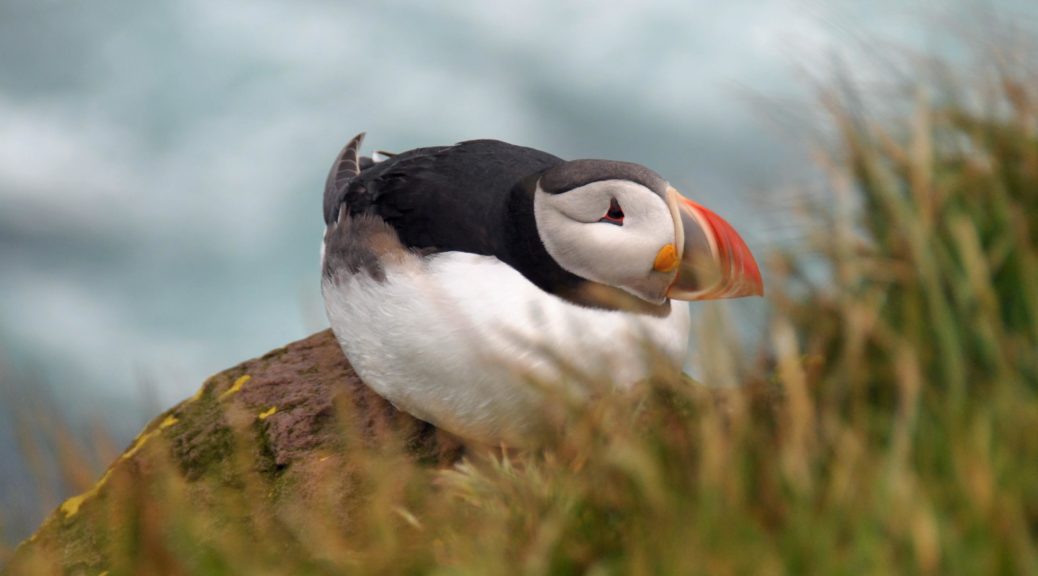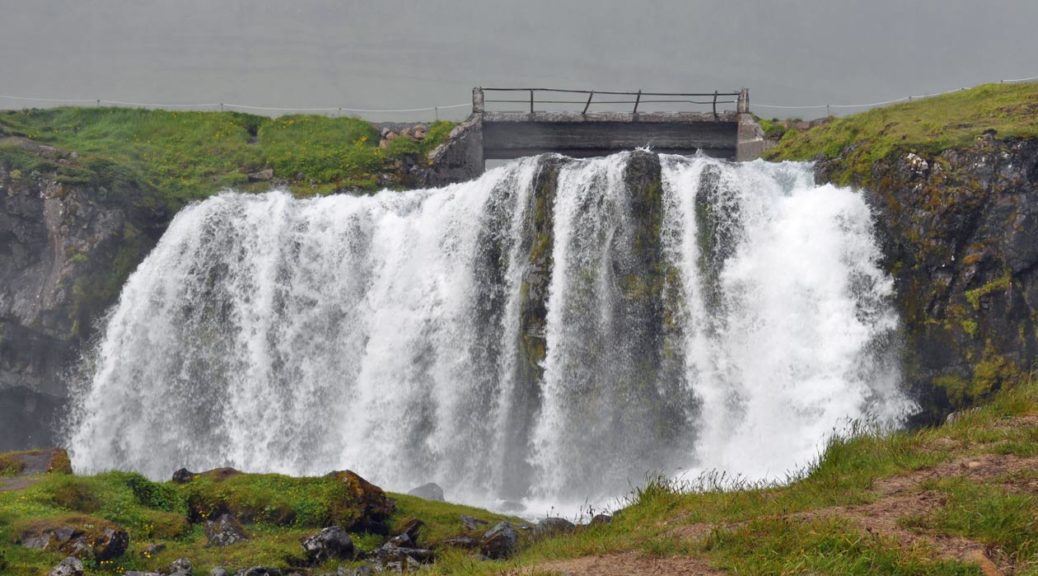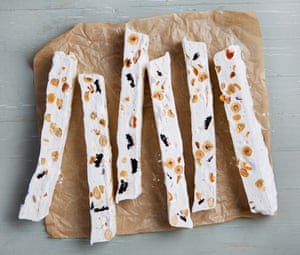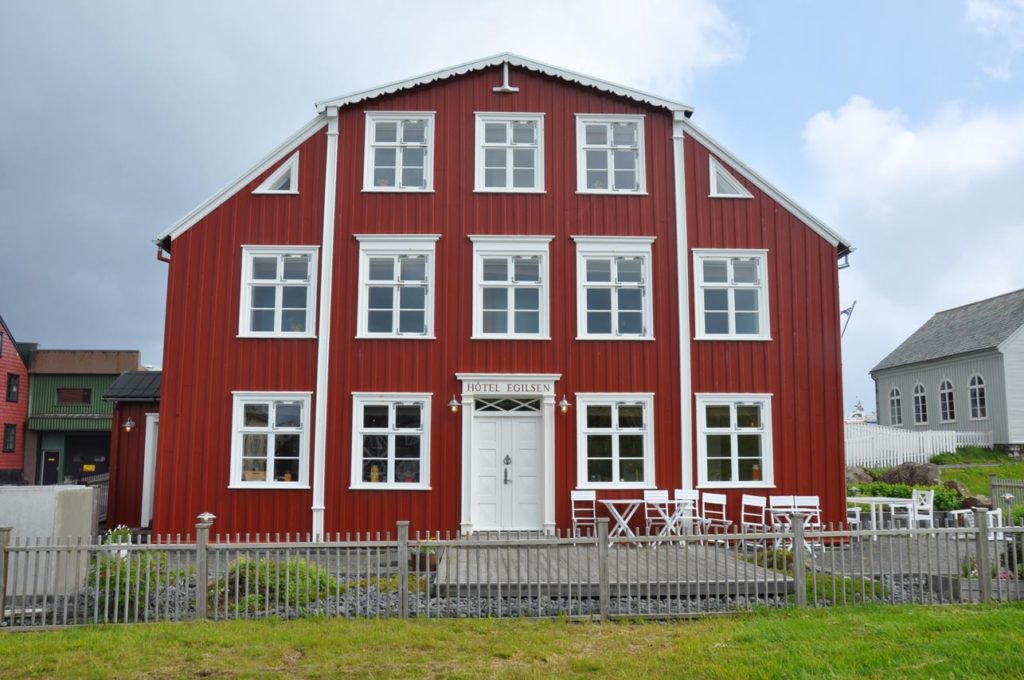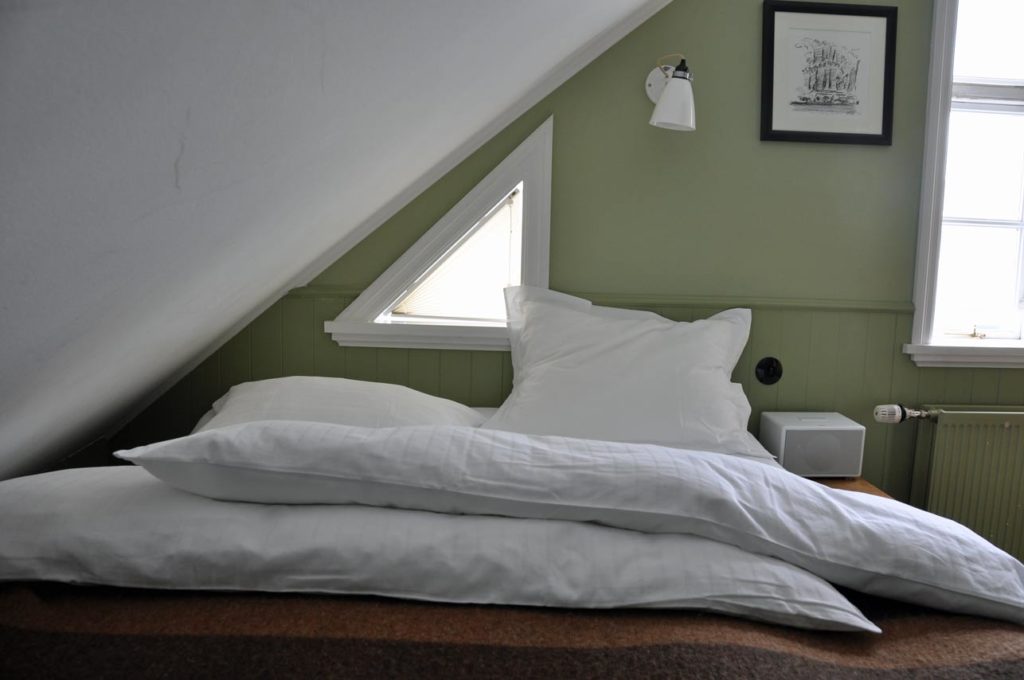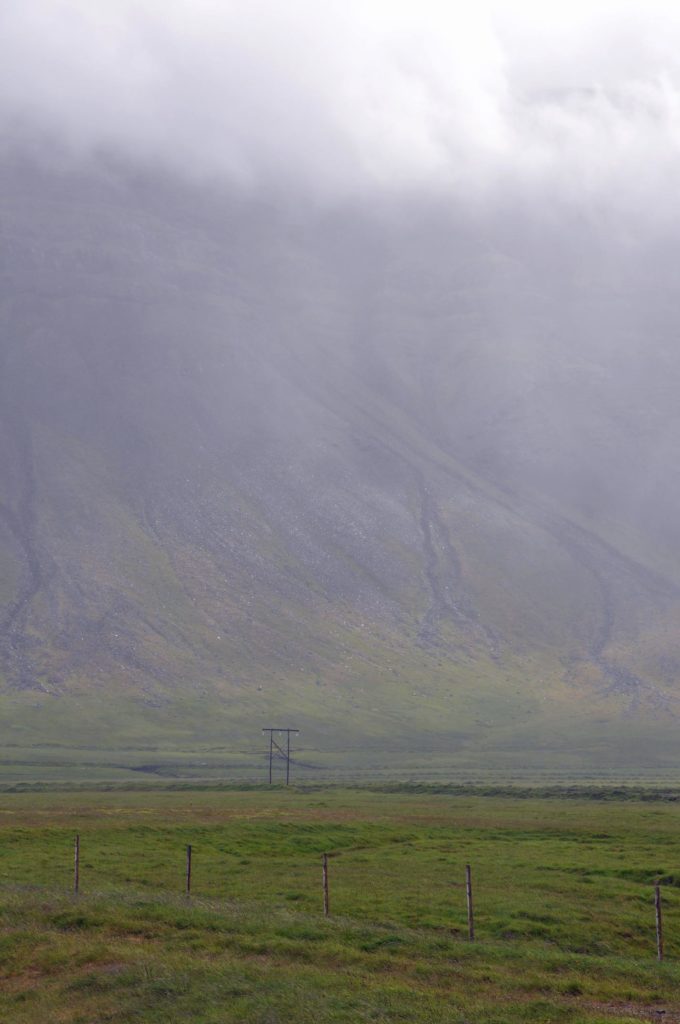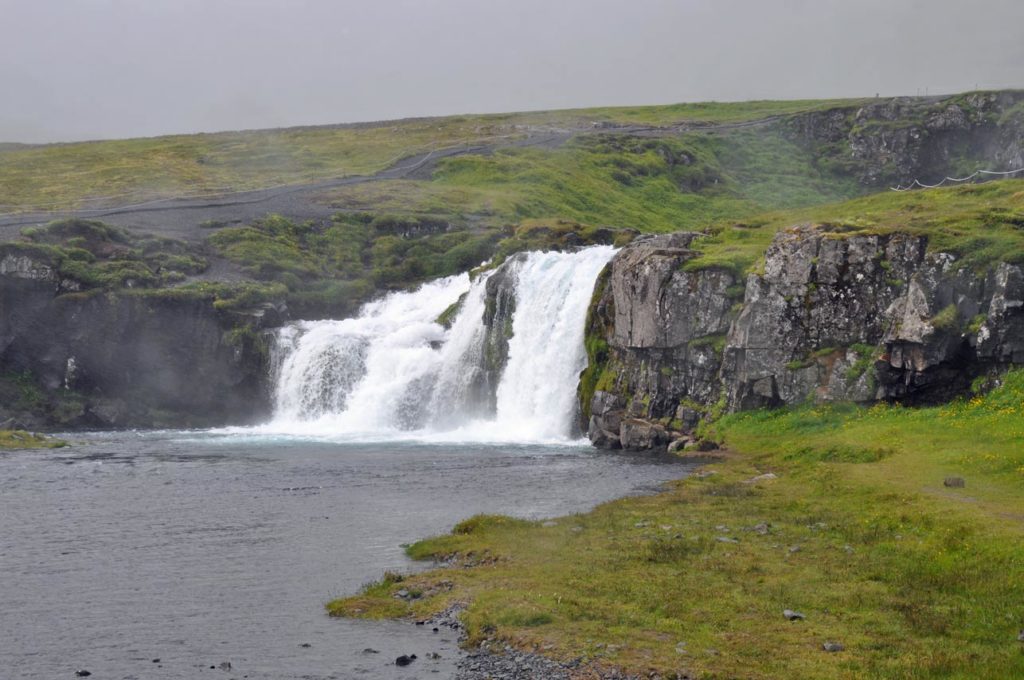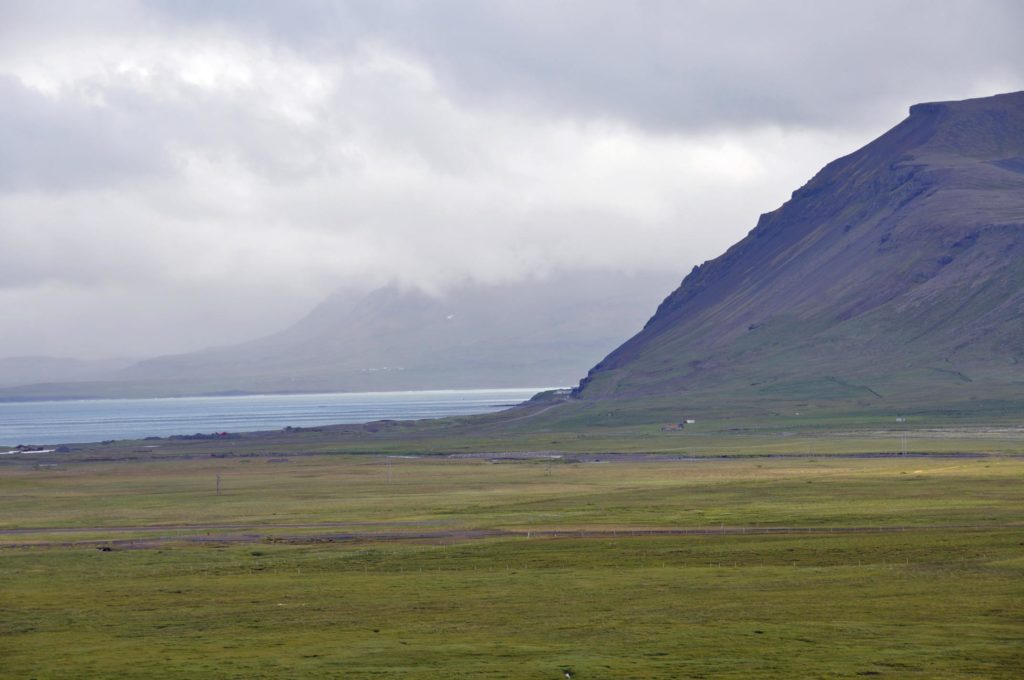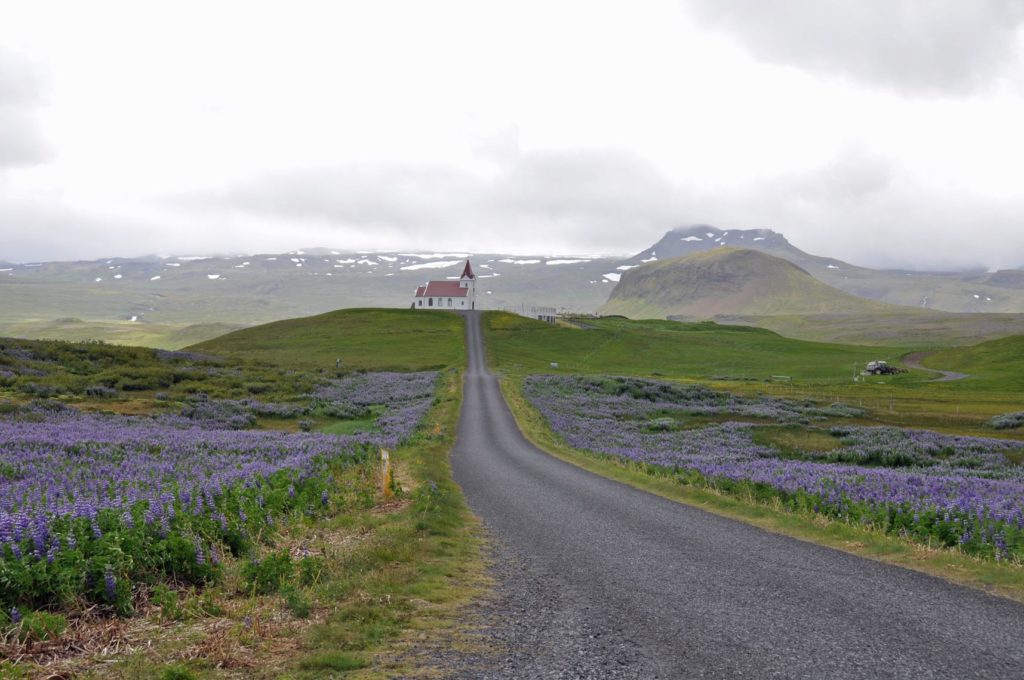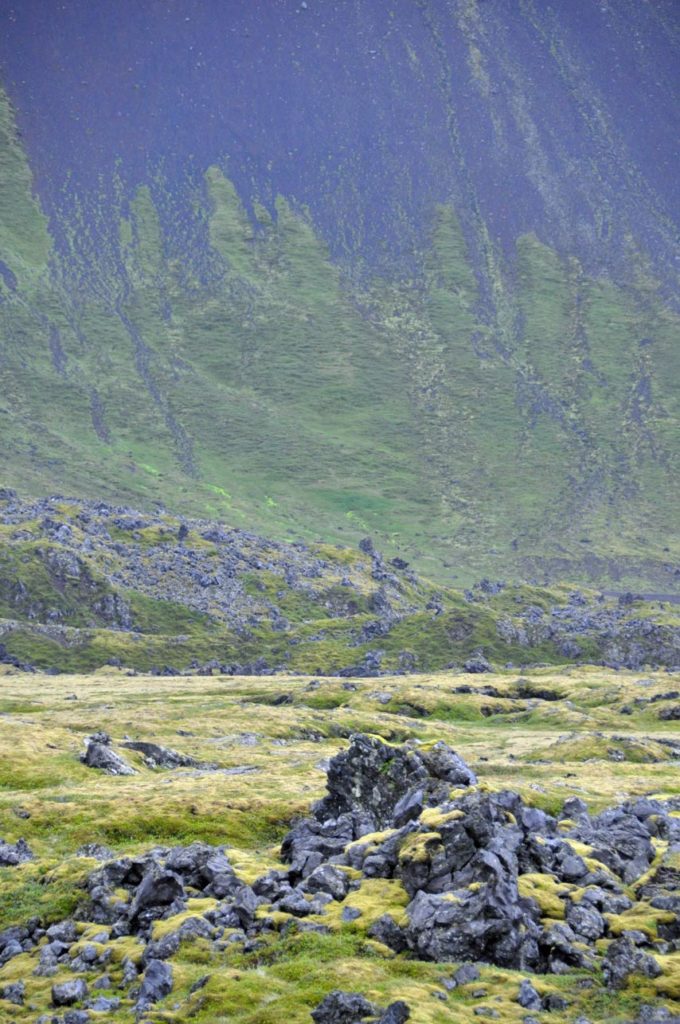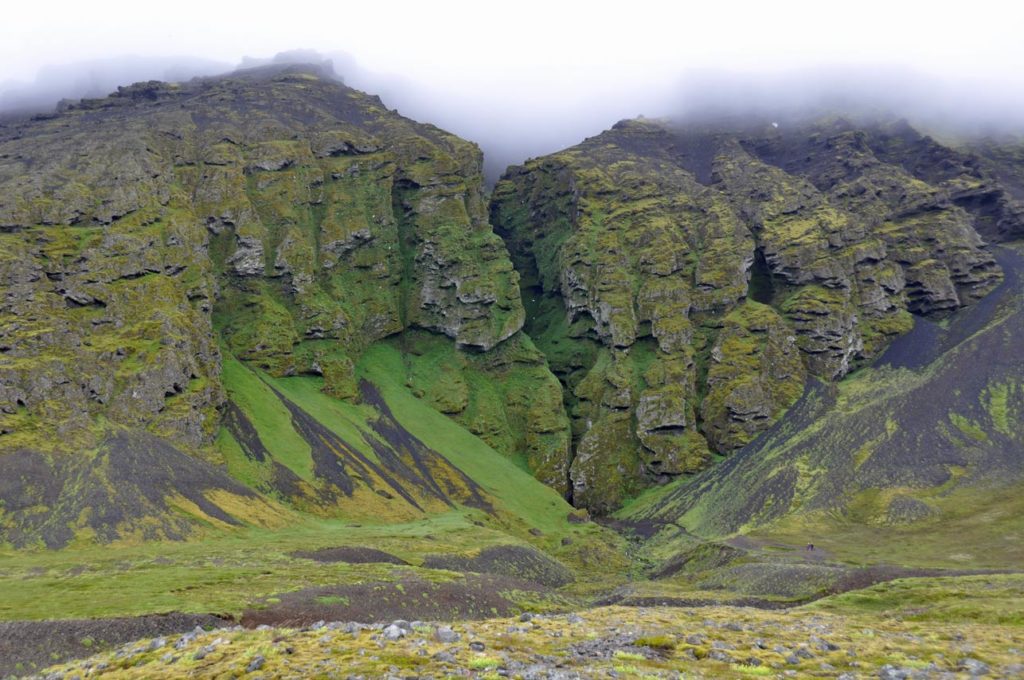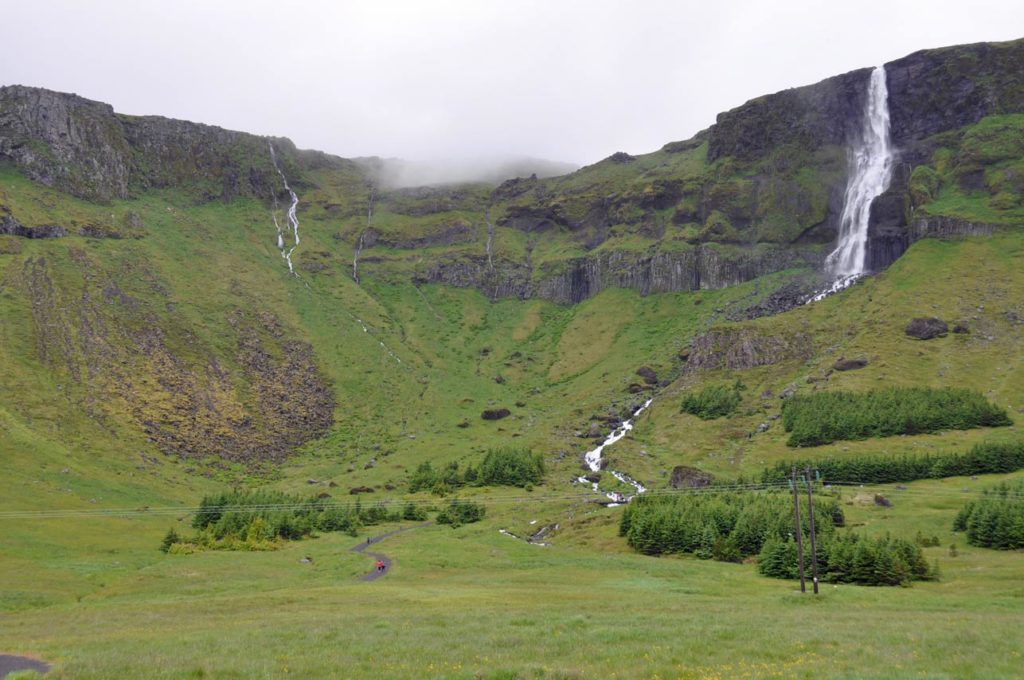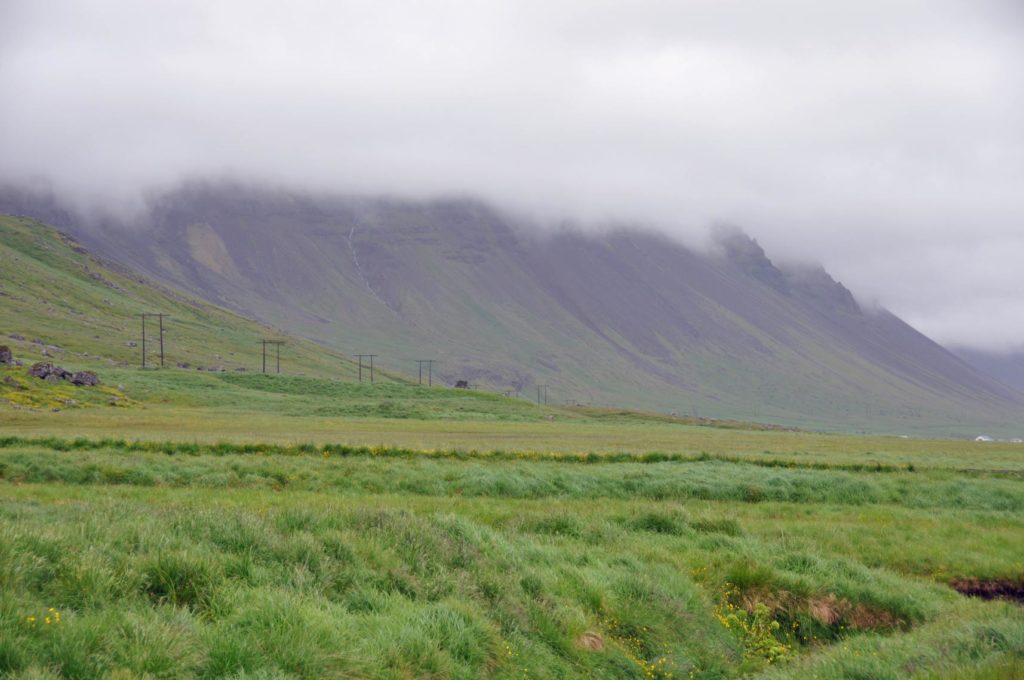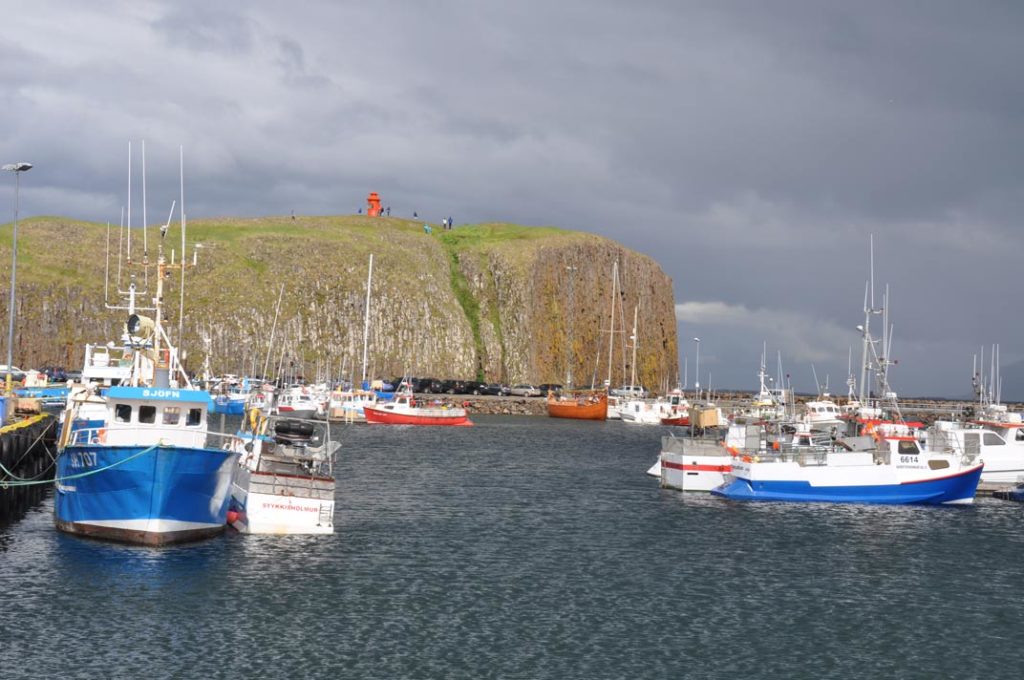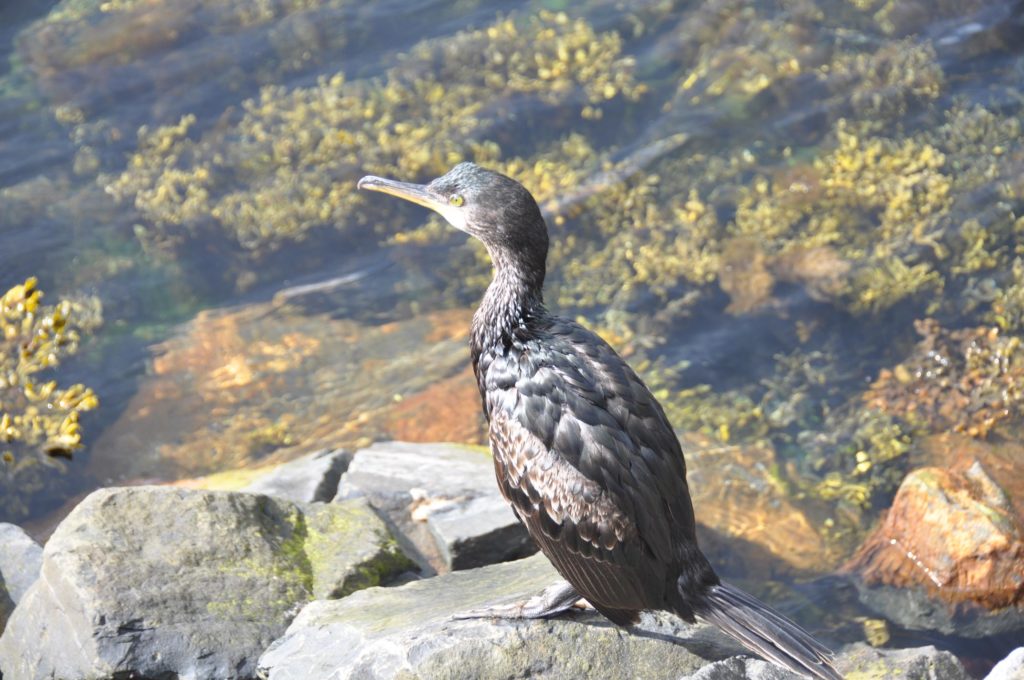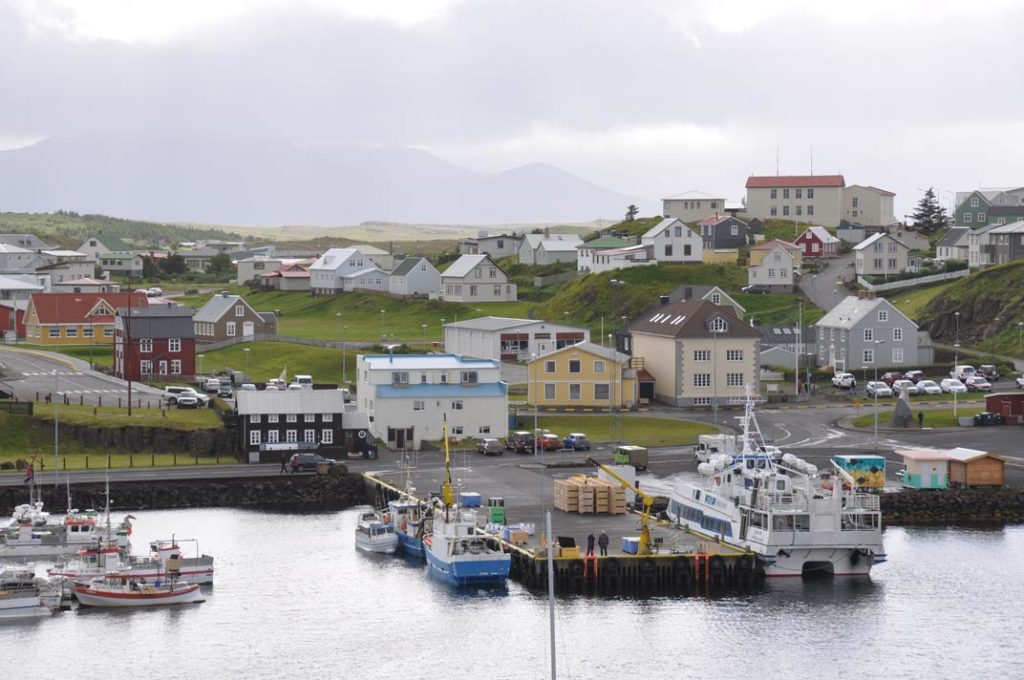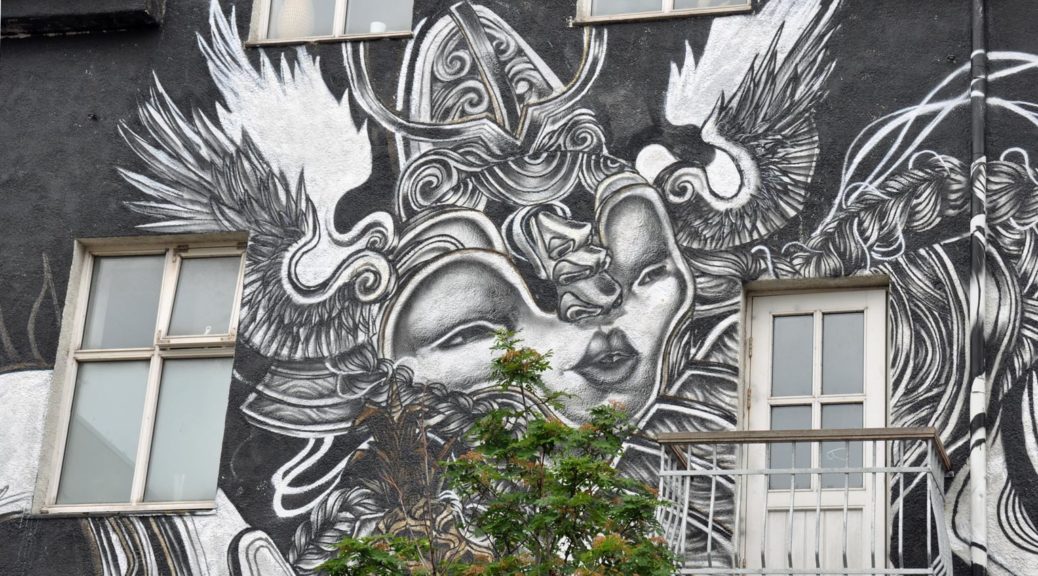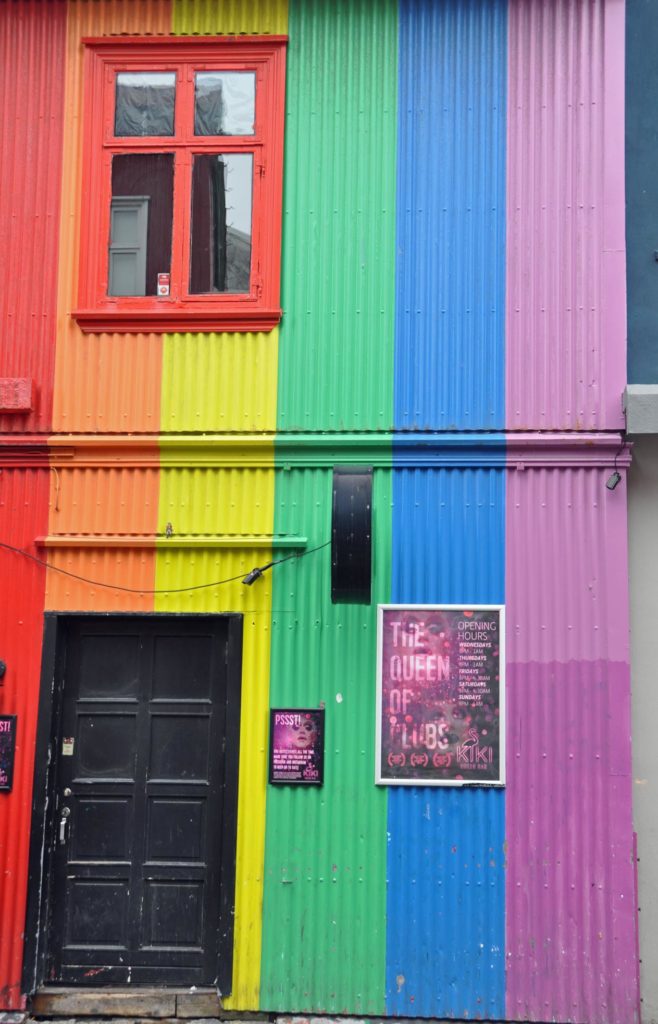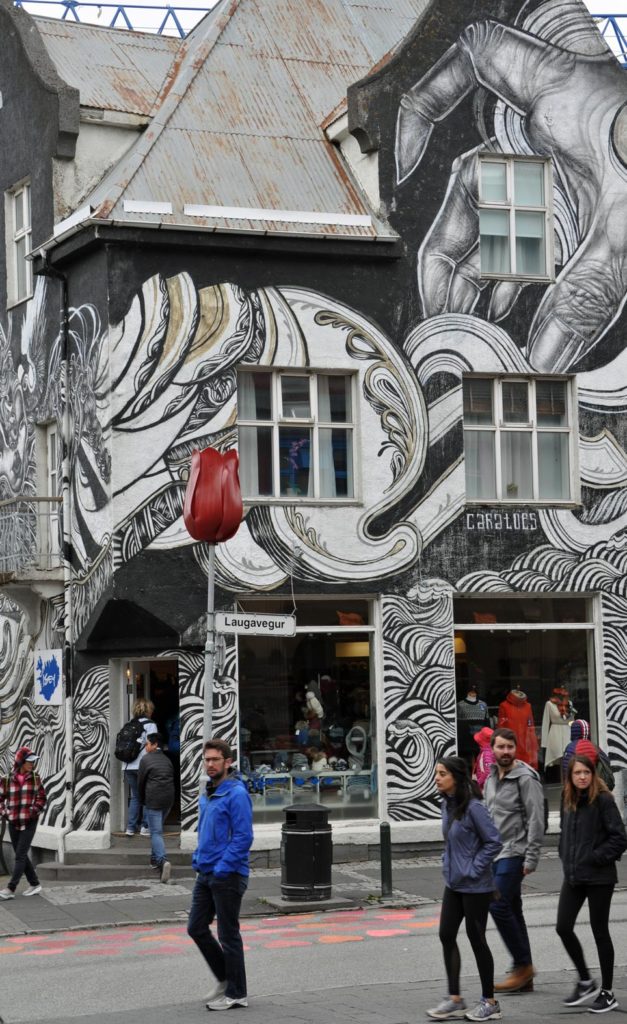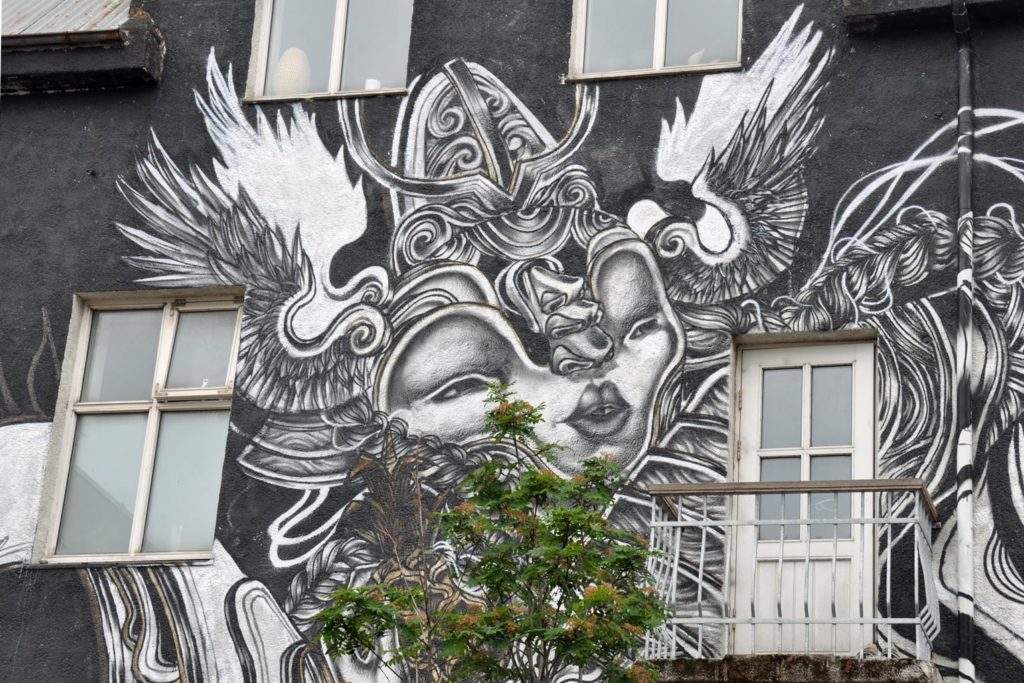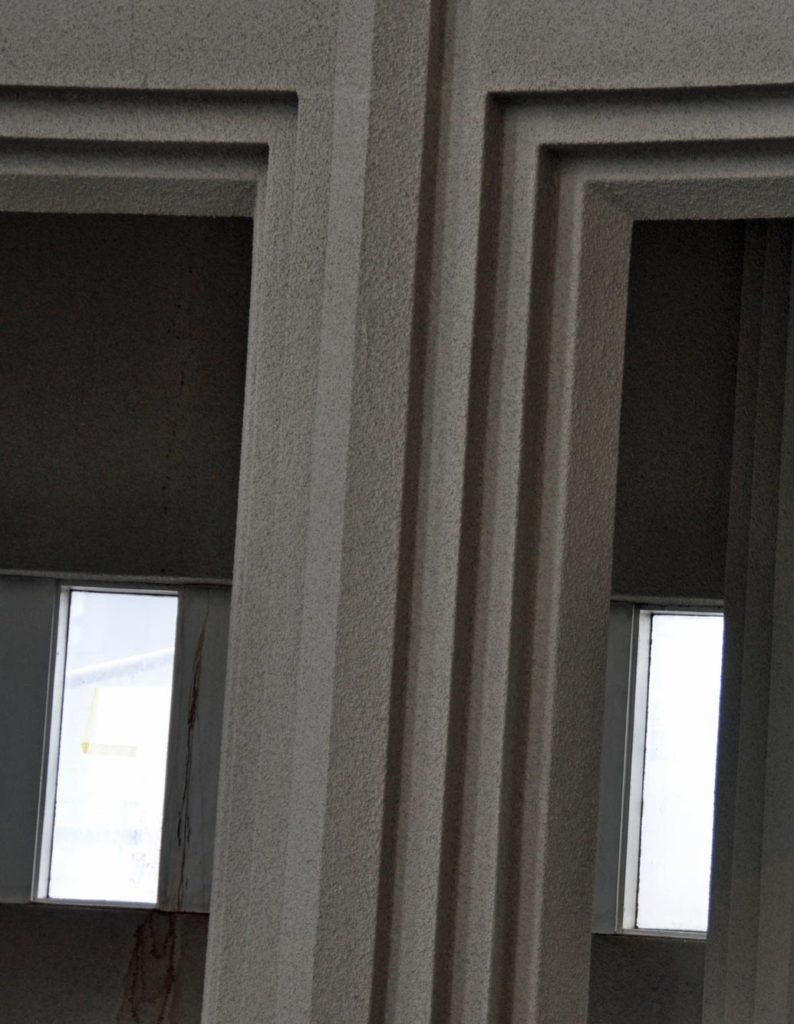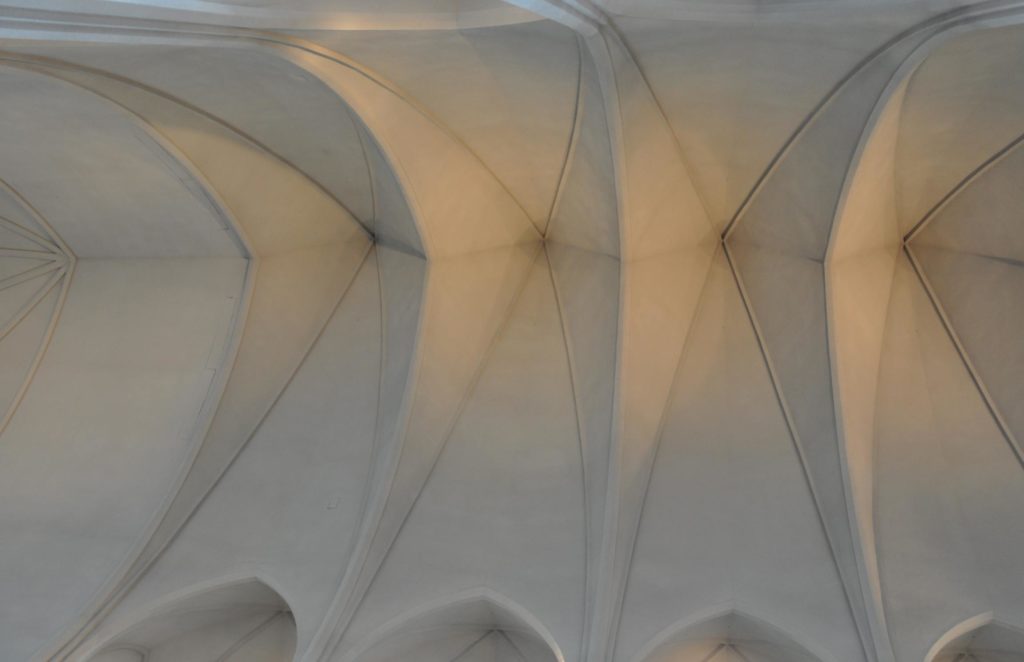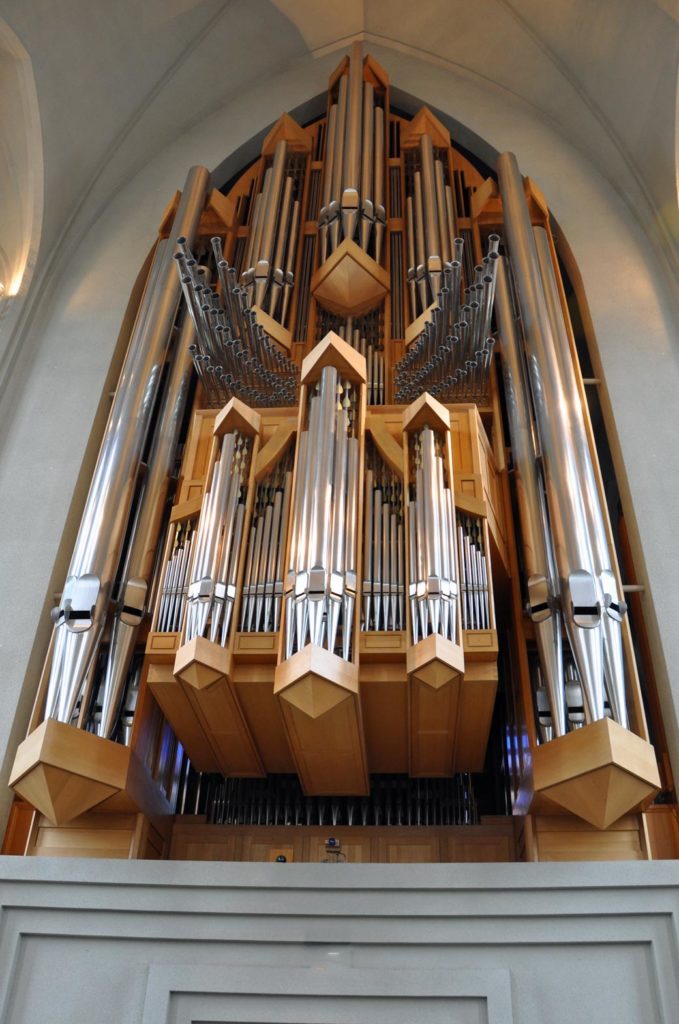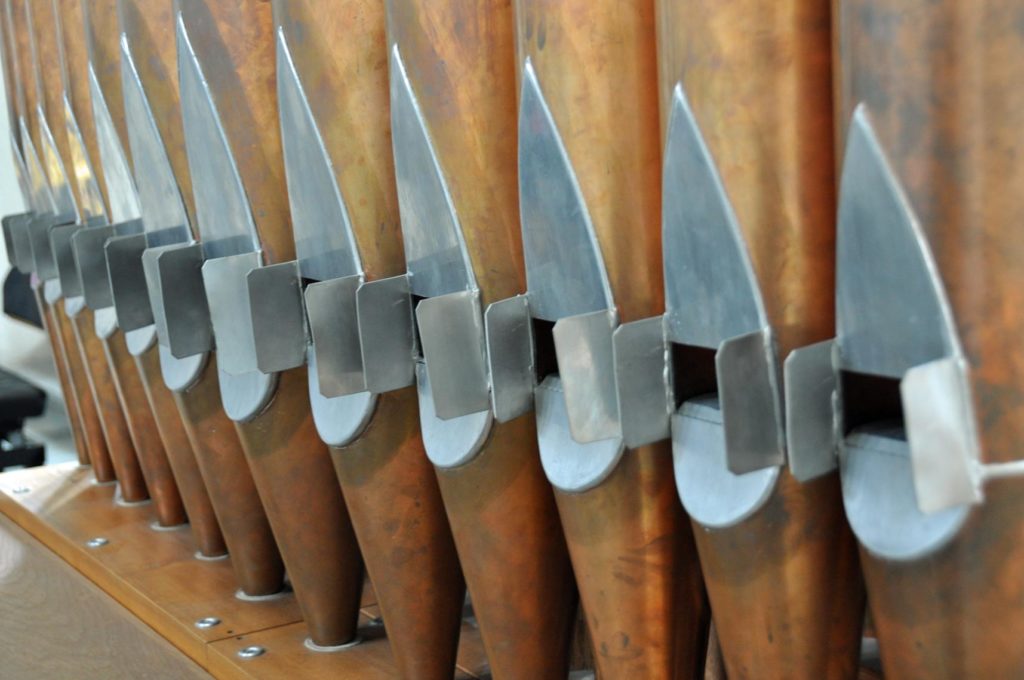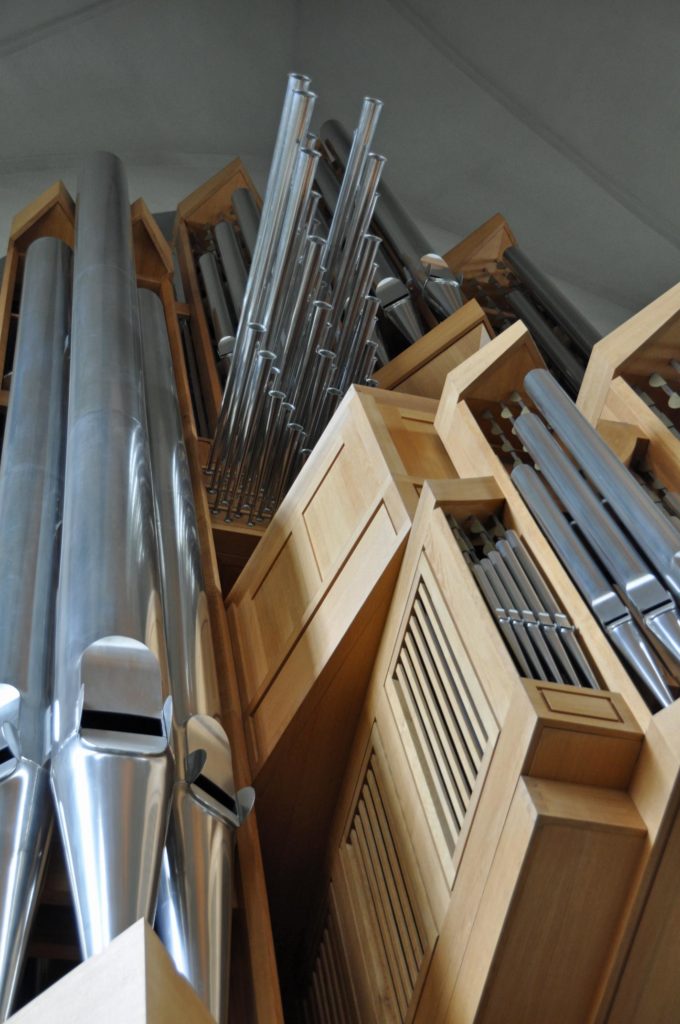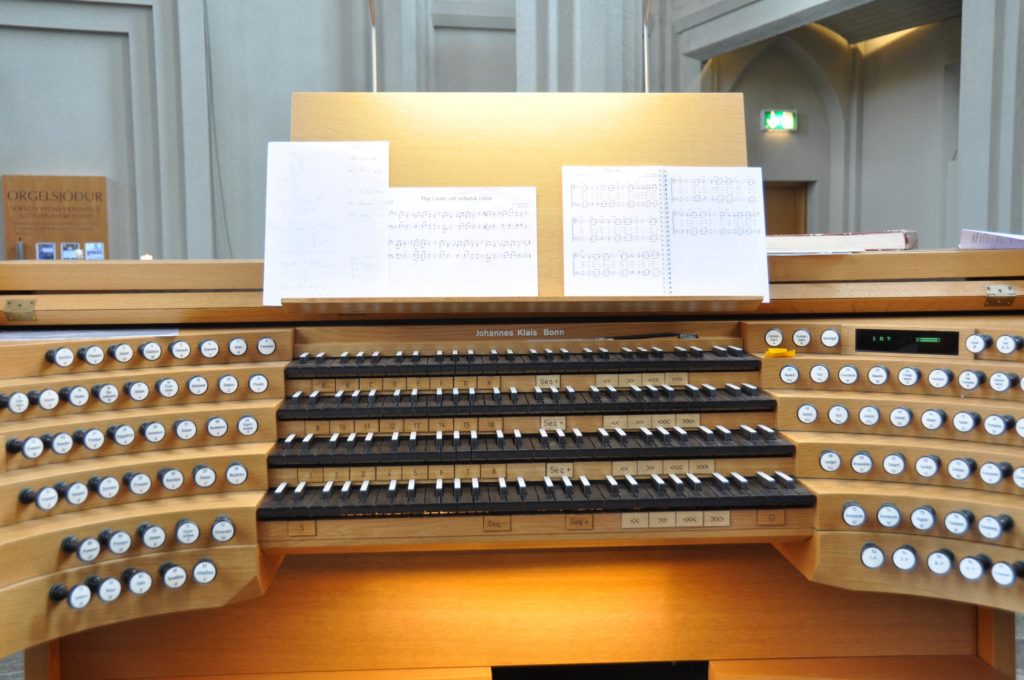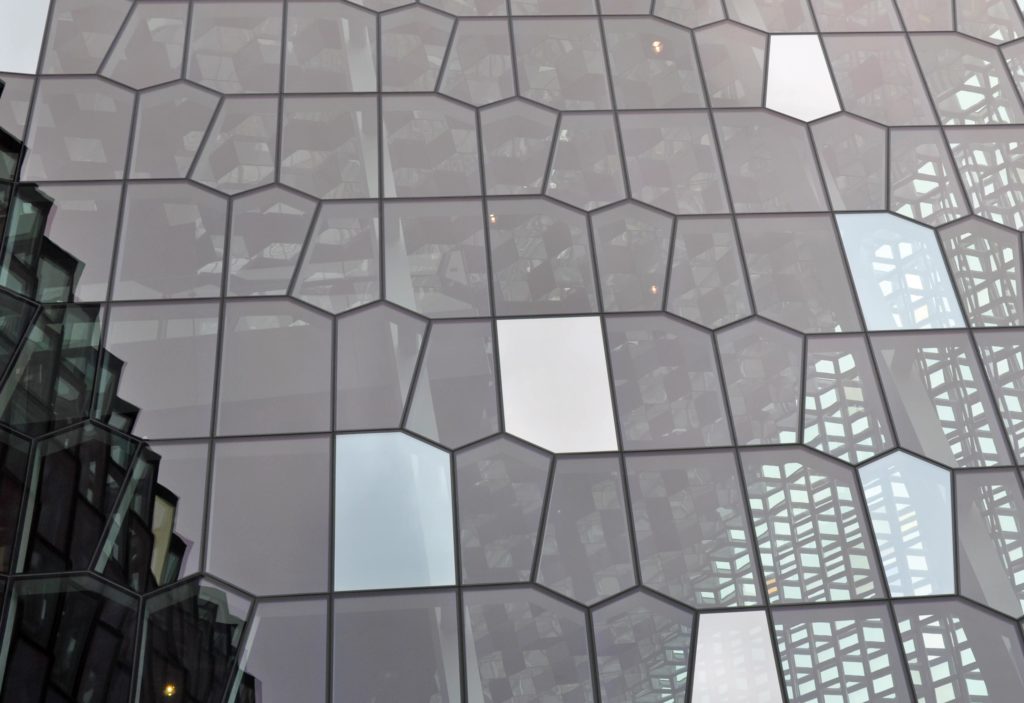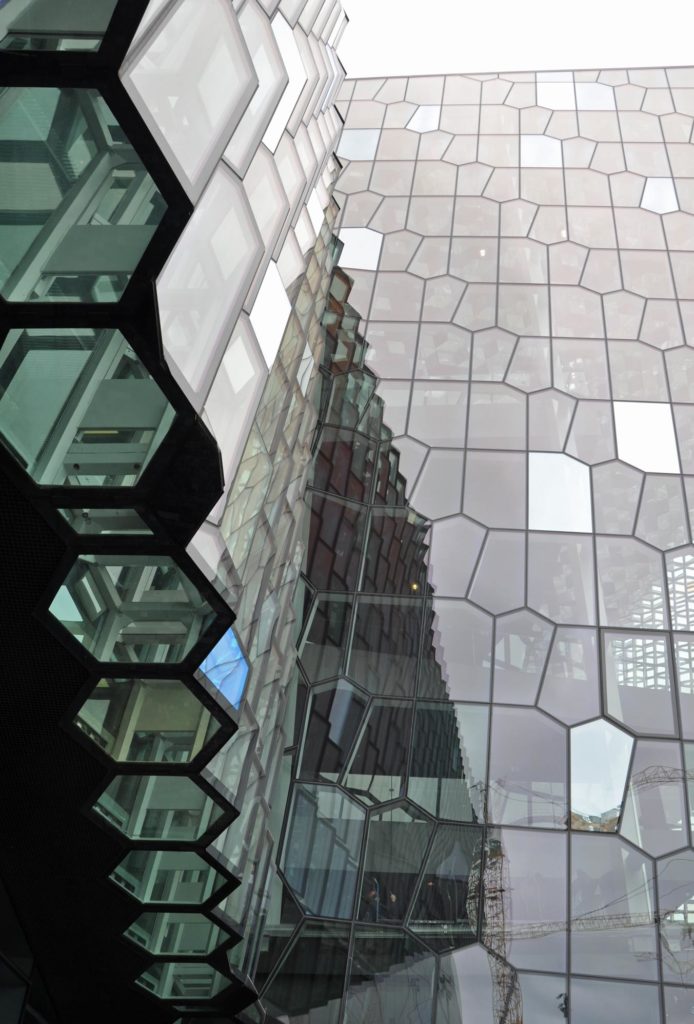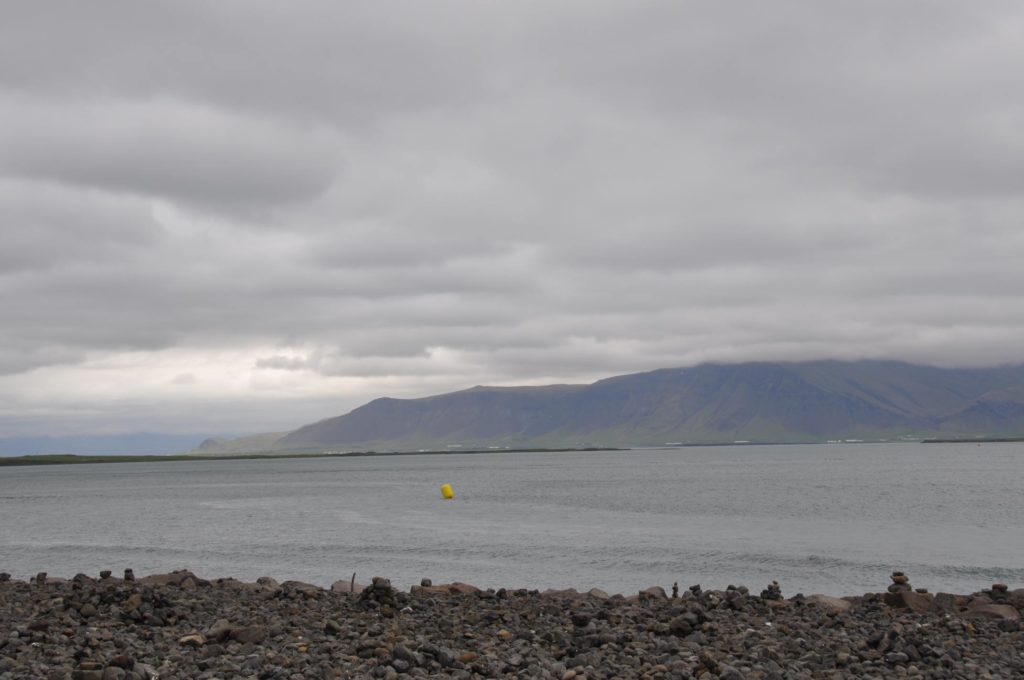Sex is a funny business. It has become a hyper-efficient and deregulated marketplace, and, like any hyper-efficient and deregulated marketplace, it often makes people feel very bad.
Our newest sex technologies, such as Tinder and Grindr, are built to carefully match people by looks above all else. Sexual value continues to accrue to abled over disabled, cis over trans, thin over fat, tall over short, white over nonwhite, rich over poor.
There is an absurd mismatch in the way that straight men and women are taught to respond to these circumstances. Women are socialized from childhood to blame themselves if they feel undesirable, to believe that they will be unacceptable unless they spend time and money and mental effort being pretty and amenable and appealing to men. Conventional femininity teaches women to be good partners to men as a basic moral requirement: a woman should provide her man a support system, and be an ideal accessory for him, and it is her job to convince him, and the world, that she is good.
Men, like women, blame women if they feel undesirable.
They do no blame themselves for the things they say or do, or fail to say or fail to do. They do not blame the very narrow definitions available to them of male success in our society today.
And, as women gain the economic and cultural power that allows them to be choosy about their partners, men have generated ideas about self-improvement that are sometimes inextricable from violent rage.
A subset of straight men calling themselves “incels” have constructed a violent political ideology around the injustice of young, beautiful women refusing to have sex with them. These men often subscribe to notions of white supremacy. They are, by their own judgment, mostly unattractive and socially inept. (They frequently call themselves “subhuman.”) They’re also diabolically misogynistic.
“Society has become a place for worship of females and it’s so fucking wrong, they’re not Gods they are just a fucking cum-dumpster,” a typical rant on an incel message board reads. The idea that this misogyny is the real root of their failures with women does not appear to have occurred to them.
The incel ideology has already inspired the murders of at least sixteen people. Elliot Rodger, in 2014, in Isla Vista, California, killed six and injured fourteen in an attempt to instigate a “War on Women” for “depriving me of sex.” (He then killed himself.) Alek Minassian killed ten people and injured sixteen, in Toronto, last month; prior to doing so, he wrote, on Facebook, “The Incel Rebellion has already begun!” You might also include Christopher Harper-Mercer, who killed nine people, in 2015, and left behind a manifesto that praised Rodger and lamented his own virginity.
Incel stands for “involuntarily celibate,” but there are many people who would like to have sex and do not. (The term was coined by a queer Canadian woman, in the nineties.) Incels aren’t really looking for sex; they’re looking for absolute male supremacy. Sex, defined to them as dominion over female bodies, is just their preferred sort of proof.
What incels want is extremely limited and specific: they want unattractive, uncouth, and unpleasant misogynists to be able to have sex on demand with young, beautiful women. They believe that this is a natural right.
It is men, not women, who have shaped the contours of the incel predicament. It is male power, not female power, that has chained all of human society to the idea that women are decorative sexual objects, and that male worth is measured by how good-looking a woman they acquire. Women—and, specifically, feminists—are the architects of the body-positivity movement, the ones who have pushed for an expansive redefinition of what we consider attractive. “Feminism, far from being Rodger’s enemy,” Srinivasan wrote, “may well be the primary force resisting the very system that made him feel—as a short, clumsy, effeminate, interracial boy—inadequate.” Women, and L.G.B.T.Q. people, are the activists trying to make sex work legal and safe, to establish alternative arrangements of power and exchange in the sexual market.






